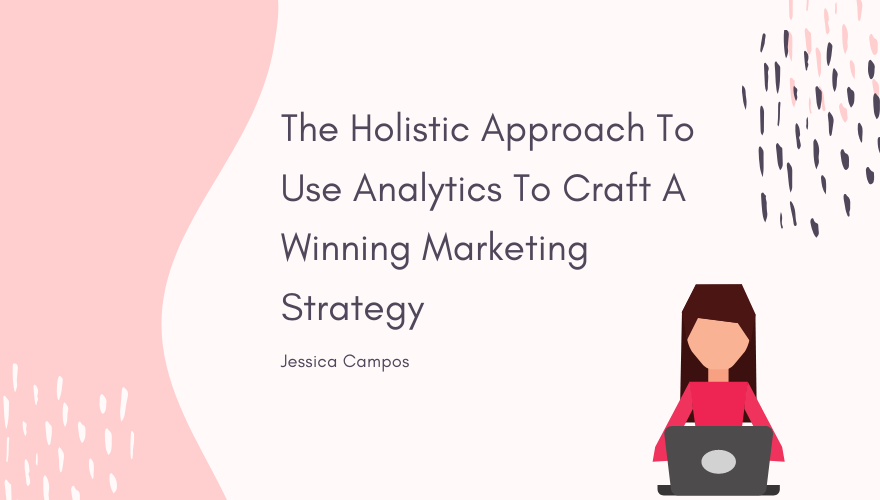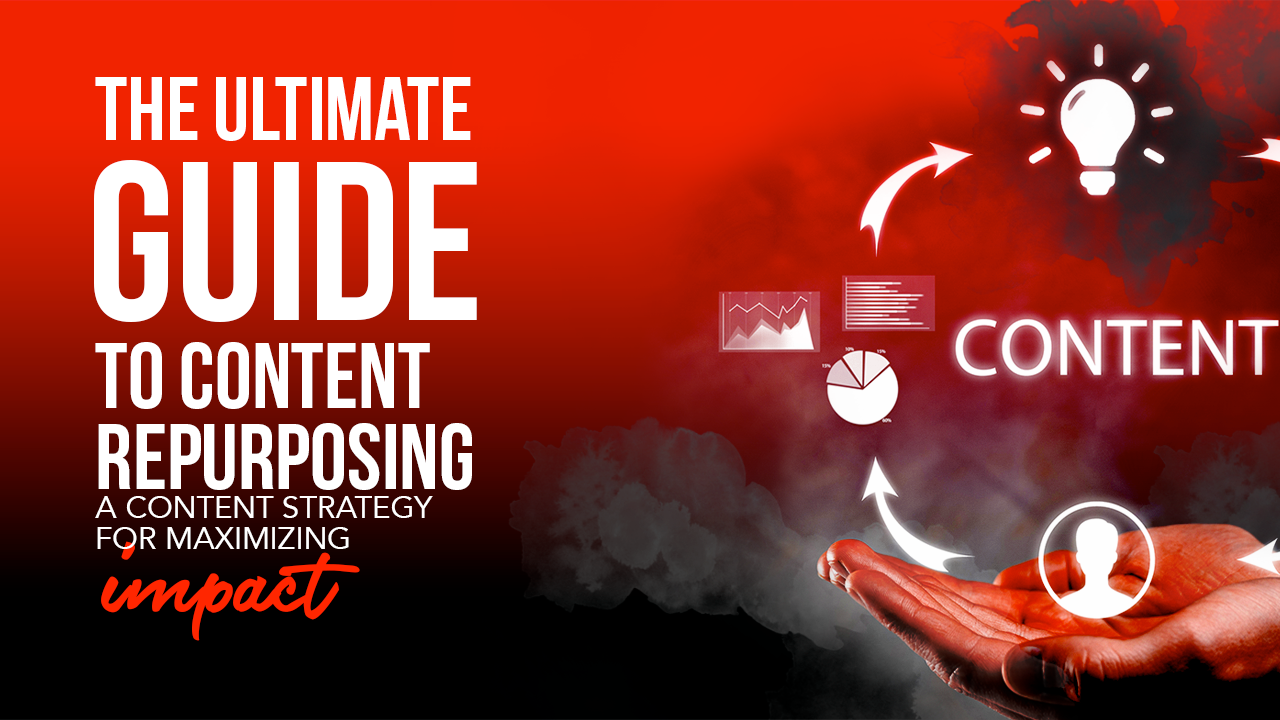[vc_row][vc_column][vc_column_text]Many small businesses struggle with measuring marketing performance. How do you know what you are doing right? What are you doing wrong? Analyzing these issues often requires time and resources that most small businesses simply can’t spare.
Luckily you don’t have to be left out. I’m demystifying the analytics for you!
What is Marketing Analytics Precisely?
The practice of analyzing and measuring marketing performance to improve ROI and overall marketing performance is referred to as marketing analytics.
It allows you to look at your business’s marketing efforts with an objective lens. Once you gauge the efforts, you get a better idea of utilizing the company’s marketing budget.
From SEO rankings to email marketing metrics, marketing analytics apply to virtually every aspect of your business. For instance, social media marketing can be a distraction without marketing analytics.
There’s a good chance you have a “love and hate” relationship with analytics and perhaps it’s because you see insights from Facebook, Instagram, Twitter, your CRM, Google, Website, but you can’t get to sync all of it to understand what’s happening in your business. Let alone the fact that most of those metrics won’t measure the performance you need to measure to grow your business, so they are vanity metrics.
Marketing Strategies Are Only As Good As the Results They Produce
Many business owners I work with tell me flat “if marketing pays on its own, I’m in”. Whereas it’s a big challenge, I show them exactly where is the profitable zone and how can we get there quicker.
According to research conducted by LeadPages and Infusionsoft, 47% of the small business owners surveyed handle the marketing efforts on their own, struggling to track their return on investment to understand whether their marketing activities are effective.
This number might be even bigger when we consider that a significant amount of small business owners are solopreneurs. 😰 So it’s not that their marketing efforts are not working; it’s just that they can’t see it.
A successful marketing strategy only needs 2 things:
- A defined path to achieve visibility in front of future buyers and
- Actionable metrics to measure performance.
It’s that simple.
Part 1: Your Path To Visibility: Customer Journey
Your marketing strategy needs to have a clear path to achieve visibility in front of future buyers. Keep this in mind. You don’t need to reach millions of users; just users that will find value in what you offer.
Start your path by becoming clear about who is your future buyer. Imagine just ONE person and think about as many details as possible about them. Keep in mind, their journey can start in different places:
- They could search online and find you
- They could have a conversation with a friend and a friend referred them to you
- They were scrolling on a social media channel and saw you, and decided to learn more about you
Never assume that all users start at the same marketing channel. That’s the beauty of following the onmichannel marketing approach. We can consolidate information for all the stages of the user in just one place.
For example, on Instagram, you can use story highlights to feature content that you want your future users to watch. This is a great place to organize your content strategically. Think about your categories, reviews, and promotions. Again, think like Amazon!
Understanding metrics will be your next step! Marketing analytics play a big role at this stage of your marketing strategy. I believe most business owners go with their gut and this is the beginning of chaos.
Take the time to do market research, meaning your future users. I am a big fan of creating blueprints, in particular, the future buyer’s journey. In this way, you can have a thought path to achieve visibility.
Some of the best practices to utilize marketing analytics in the best possible way to map your future customer’s journey:
1- Establish the void you are trying to fill. For e.g. keyword density, keyword analysis, competition analysis etc. Let’s say for instance, that your client had an excellent month in May, but things have not been going so smooth after that. Try to calculate the gap between the current day and the client’s best month. It should be enough for you to determine the first benchmark.
2- Think about your future users’ emotions during each stage of their decision-making process.
As a forensic marketer, I’ve always been fascinated with blueprints, maps, and algorithms, which is the reason why user webflow is one of the favorite things I do.
3- I recommend using Empathy Maps to visualize your audience. This is a simple, visual and effective tool for discovering insights about customers. It is great for understanding audiences, including users, customers, and other players in any business ecosystem.
Part 2: Performance Goals: Tracking and Measuring
Remember what I said above, a successful marketing strategy only needs 2 things:
- A defined path to achieve visibility in front of future buyers and
- Actionable metrics to measure performance.
Defining each step of the decision-making process is crucial to measure your performance. Especially at the very beginning.
For instance, I just finished a mastermind call with my Business Accelerator members and today the topic was “How do I know that my content is working if I don’t get any subscribers or comments?”. This is a very valid question that I am sure you might have.
During our session, we discussed the user explorer section from Google Analytics and she was surprised to see that users were actually reading her content and coming back for more! Below is an example of how the user explorer report looks like. You can open each transaction and will see all the steps each user has taken.
We identified the goals she needed to set up within her Google Analytics to she could see what her users liked and simply do more of it.
According to Google’s research study conducted with Greenberg Strategy, 88% of consumers favor brands that provide helpful information along every stage of their journey, from research to purchase. Despite that clear preference, only 47% of brands customize and serve information across the customer journey.
Google Analytics is like gasoline for your content marketing strategy. But it’s not the only one. We recommend to also set up Google Search Console to make sure your website is always visible.
Monitoring Performance To Define Your Marketing Plan
Many business owners request a “marketing plan” when we start working. I sort of scratch my head because I can’t just spill a plan without walking your future buyers’ journey. Marketing doesn’t start from the seller’s point of view. It starts from the other way around your end-users.
You can’t create a path to visibility using your intuition. I mean, you could, which is what a lot of business owners do. They just follow role models and copy what they are doing (which sometimes it ends not being effective).
1- Review your Google Analytics at least once a week but don’t make decisions on performance before seeing at least a 90-day period. Once you have at least 90 days of data, you can make decisions. But data alone won’t tell you what you need.
2- Dig deeper!
3- A holistic approach is the only way to make marketing analytics work in your favor. Keep in mind that marketing analytics does not merely constitute of Google analytics. Sure, you should use Google analytics for extracting data and making optimizations but do not solely rely on it.
4- Marketing analytics requires us to gather data from various channels of marketing, including email, social media, online advertising, and SEO.
Unfortunately, I found that not too many business owners have set up data-driven systems. They kind of go by revenue. If sales are happening, they assume that marketing is working.
5- You can delegate! Sure you can learn how to read reports but, is this a profitable task for you? What takes you 5 hours will take an expert 20 minutes.
Seek advice from experienced professionals. They can help you simplify digital marketing analytics practice with ease. It will make you feel at ease and you prevent the overwhelming feeling that tempts people to abandon ship before they give a holistic analytics approach even a try.
Part 3: Using Insights to Craft a Winning Strategy
As many experienced marketers claim, several marketers limit their data’s potential by using it for supporting decisions they made already, instead of driving action. Most of us are familiar with the plan where we can find stats for backing up virtually every argument that comes in front of us. It is only a matter of what stats you have, how you use them, and your way of presenting them.
The same goes for marketing analytics. If you start searching data to support your decisions, chances are that you will certainly come across some. However, in order to create a strategy that really capitalizes on available insights; you need to allow the data to lead your planning and decision-making.
To form a strategy based around analytics, follow the tips mentioned below:
1. Accept Your Mistakes: A significant part of allowing data to determine your plan is to leave behind the initiatives that do not do the trick anymore.
2. Approaching Data from Various Angles: No one is infallible in the field of marketing. There are several ways of interpreting marketing data, therefore, have a partner or someone to help you make sense of everything. It is useful for ensuring that you do not miss some key perspectives.
3. Test, and Test Again: There is nothing better than marketing analytics to let you determine how things could potentially be just by looking at the current state of things. You will need to put your theories and tactics to the test to succeed.
4. Listening Is Your Best Friend: The biggest mistake that you can make in your analytics efforts is ignoring important information that the analytics are providing you. Keep your eyes and ears open and let the data do the talking.
Allowing Analytics to Steer Your Marketing Strategy
Some marketers do not know how valuable resource analytics are. It would even be fair to say that they are a gold mine to take your business to the next level. If you use them correctly, your business will generate more revenue than you ever imagined.
Try to draw reliable insights and use them for improving your marketing efforts. Using those insights in the right times and places will improve your efforts by tenfold.
Holistic Is the Way to Go
We are lucky to live in an age where we have advanced tools to gauge the performance of our marketing efforts. When you have tons of metrics at your disposal, just looking at one of them simply does not do the trick anymore. You have to approach it holistically. Only then will you be able to attain optimum results.
[/vc_column_text][/vc_column][/vc_row][vc_row][vc_column][vc_masonry_grid post_type=”post” max_items=”10″ grid_id=”vc_gid:1575401157823-93b30a5a-cbb5-4″ taxonomies=”202, 285, 231, 323″][/vc_column][/vc_row]











